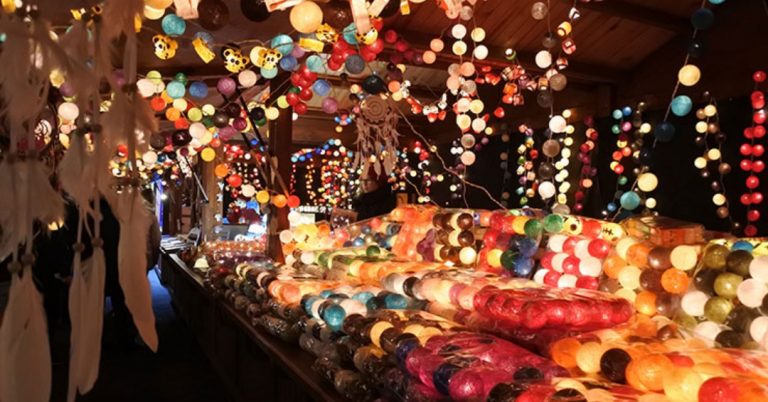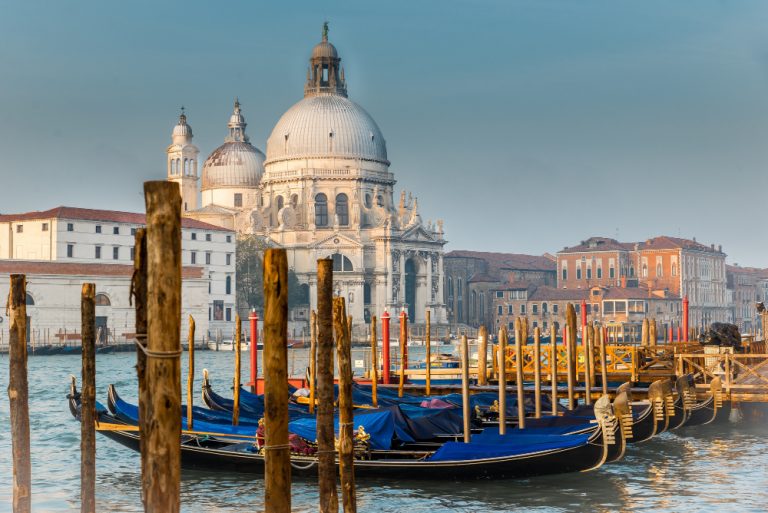The arrival of Holy Week is characterized mainly by religious celebrations and processions that fill the streets of our cities for seven days.
The origin of the Holy Week processions dates back to the 16th century, although their settlement was a century later. They have their origin in the desire of the Christian population to imitate the passion of Christ. In the 19th century, elements such as music bands began to be introduced into processions.
The tradition in Spain is served during these days and is represented in many Spanish cities. Let’s see some of the cities that are most famous and have deep roots in these processions.
Processions of “La Madrugá” in Seville
In Seville, Holy Week is lived with great devotion. The Virgin Esperanza Macarena and the Lord of Seville, El Gran Poder, are the most outstanding images of the six brotherhoods of the Madrugá, with more than 11,000 people in their ranks. The different characters that the brotherhoods tell range from the freighter or costalero, illuminator, altar boy, street sweeper, incense burner, alderman, musicians to the badge holder or sepulcher ribbon divider, among others.
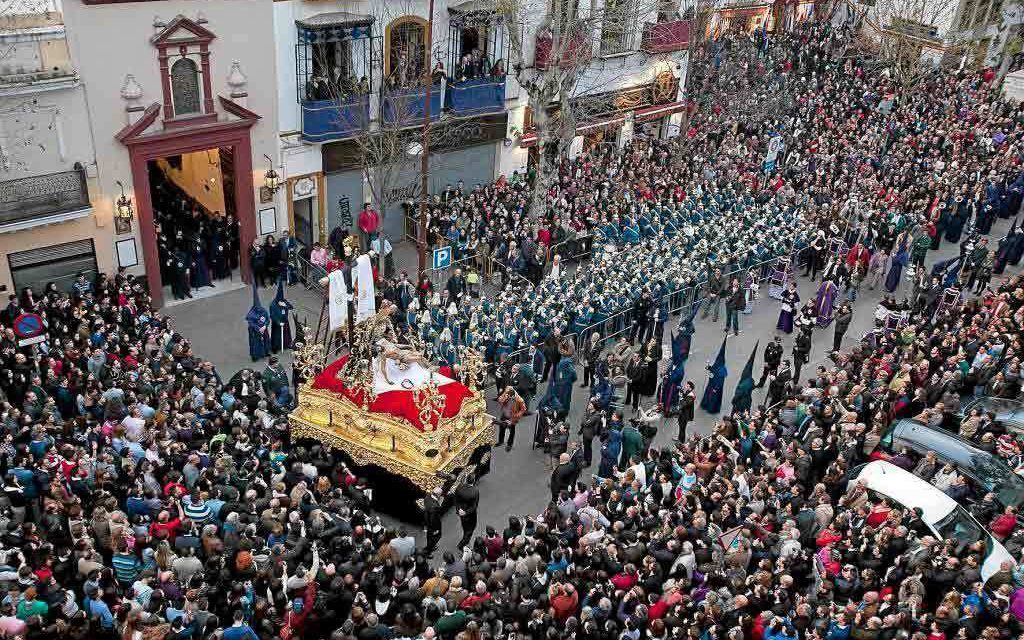
More than 500,000 people take to the streets to see the oldest brotherhoods, reaching more than 12 hours of processions.
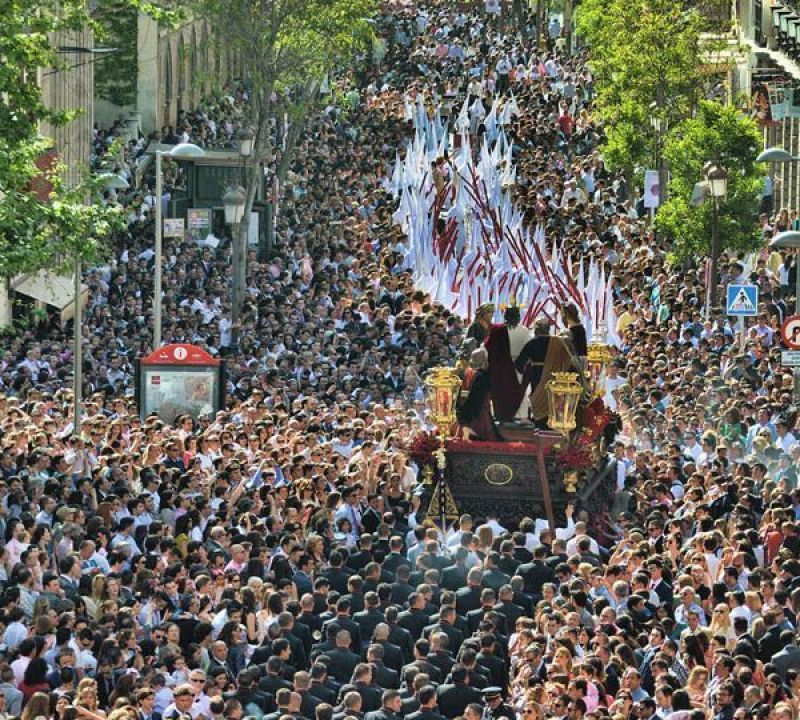

Procession of the Christ of Mena in Malaga
The most emotional procession in Malaga is that of Cristo de Mena. The size of the paso is larger than usual and it is carried by members of the Spanish Legion. This historical event has been celebrated since the arrival of the Catholic Monarchs, although it has evolved to the present day.
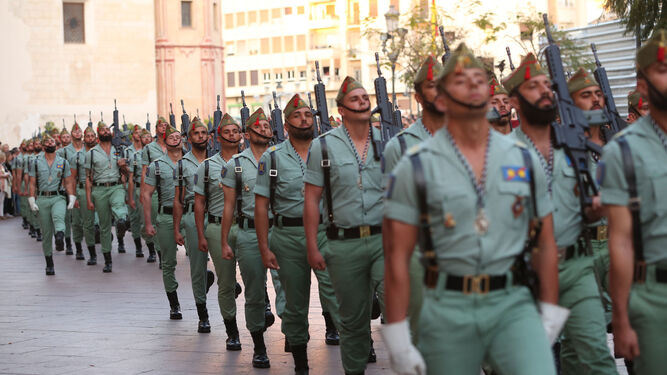

This celebration was declared Intangible Cultural Heritage since 2017 and in Malaga as a Festival of International Tourist Interest. It is made up of 41 brotherhoods, with a total of approximately 45 processions that are distributed out into the street.
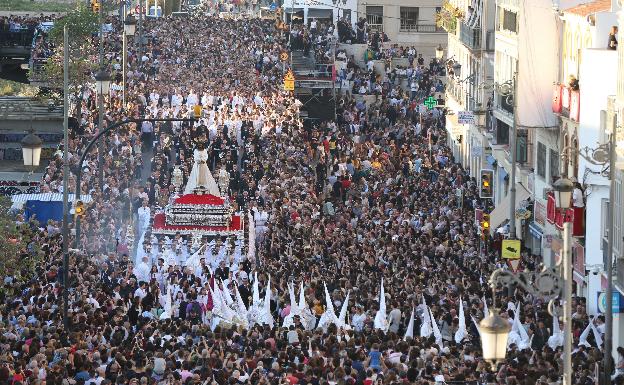

Unlike other processions, they are not carried by costaleros but by men of the throne, whose number can vary between 150 and 200 people, although in the case of the Virgen de los Dolores, la Esperanza or la Paloma it is around 300 people.
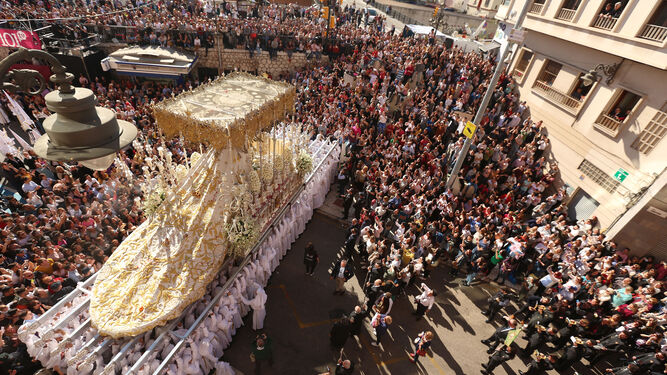

There are many Spanish provinces that celebrate Holy Week with processions. In Ferrol (Galicia) the procession of Our Lady of “Os Caladiños”, as in Cuenca that of “Las Turbas”, or that of “Los Salzillos” in Murcia. In Valladolid it is the procession of the “Sagrada Pasión del Redentor” which accumulates up to 33 steps, and in Madrid that of “Jesús de Medinaceli”.
In practically all the provinces you can marvel at the display of processions that you can enjoy during Holy Week.


